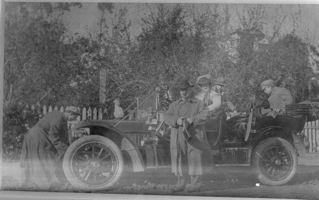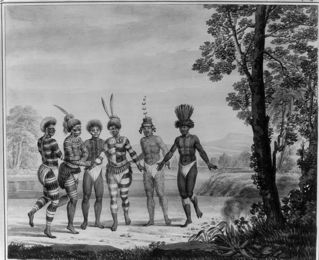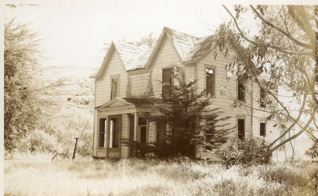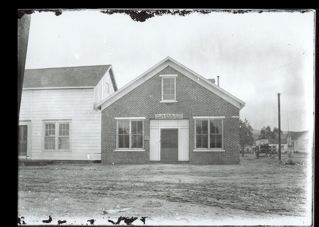Dear John,
Yes, there were two restaurants. “Frank’s” in Moss Beach, overlooked the Fitzgerald Marine Reserve, the beautiful reefs you speak of. The other was pink in color and stood a mile or so from the foot of “Devil’s Slide,” that dangerous but breathtaking slice of roadway, “a little Big Sur,” that separates Pacifica and San Francisco from the Coastside.
Frank Torres owned both restaurants. Frank’s son, whose name eludes me, did operate the one in Moss Beach for a time. Unfortunately oldtimers report he died youngish of imbibing too much.
Frank’s has gone through several sets of ownership since Mr. Torres death ( he was rumored to have been a power during Prohibition). It’s now called the Moss Beach Distillery and the former roadhouse is publicized as the home of the “Blue Lady,” a ghost who roams about at night. You get the idea.
The other Torres restaurant, the pink one, was torn down (but leaving one wall to satisfy the Coastal Commissionâs rules) and replaced by the very modern, sort of abstract-ty Chart House restaurant which changed management several times before suddenly closing down a year or so ago. The empty building overlooks a spectacular view of Montara beach.
The reefs you recall (at Moss Beach, where the Distillery is located)l are as breathtaking as ever–but now there is a new element. A local young surfer named Jeff Clark “discovered” a fantastic surfing cauldron that is called “Mavericks,â? and is NOT named after Clark’s dog as is sometimes said.
When conditions are ideal, the waves are enormous, sometimes as tall as a six-story building– and Maverick’s is now listed as one of the best surfing venues in the entire universe–and the yearly contests where world-class surfers are summoned when the waves are awesom–draw thousands upon thousands of observers and fans to the little fishing village of Princeton.
In recent years so many people have come to view the surfing contest that there are rumors of banning the hordes because the landscape is so fragile, lots of erosion. One plan is to have the public watch the surfing events on closed circuit tv at the old Candlestick ballpark in S. San Francisco,
Princeton, which borders the airport you remember so well, is also adapting to changing times.. A large hotel and indoor mall is being built. I don’t mean to give you the idea that this a city -size hotel and mall; it’s not, but it’s big enough for us Coastsiders.
The airport is still home to pilots learning to fly and other small aircraft bringing visitors to the Coastside, perhaps to play golf at the pretty Ritz Carlton Hotel, south of Half Moon Bay. Or to wind surf, kayak or hike to the peak of glorious Montara Mountainâand drink in the Coastsideâs natural beauty.
Yes, during WWII the airport was also a training sites for the Womenâs Army Corps (WACS) and I have some extraordinary photos of them on my site–and there are pictures of many of the other places you speak of.
In the 1950s the airport hosted drag strip racing featuring big stars like âBig Daddyâ? Don Garlits–there is a photo of the racing superstar at the airportâthe surroundings might bring back warm memories.
On April 29 the annual “Dream Machine” extravaganza is being held at the HMB airport–all kinds of cars, fully loaded, weird and fancy. Other types of incredible machines. We didn’t have the Dream Machine show last year because Devil’s Slide fell in and we were dependent on one road only, two-lane Highway 92.
Sounds to me like youâre ready to re-visit those exciting images of your youth.
June







